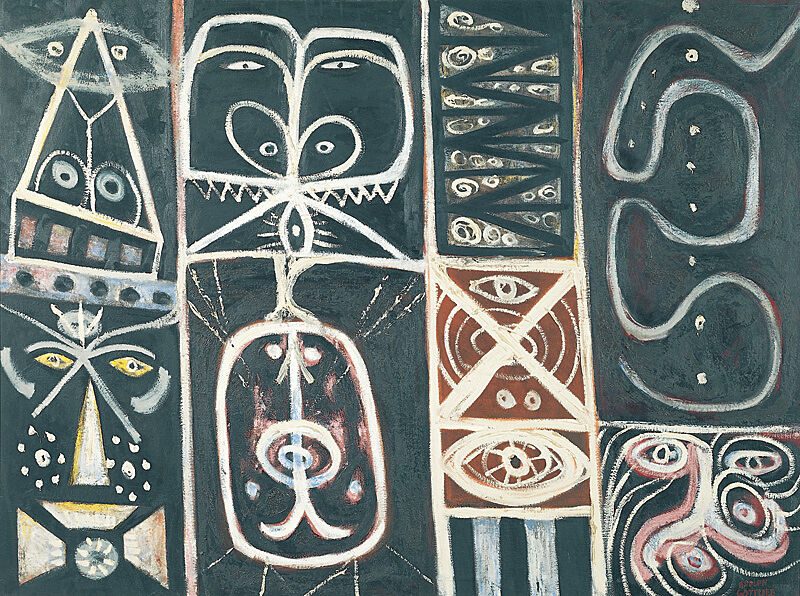Introduction to Signs & Symbols
July 10, 2012
0:00
Introduction to Signs & Symbols
0:00
Narrator: Welcome to Signs & Symbols. Today, we’ll look at a number of works from the 1940s and 1950s, primarily drawn from the Whitney’s permanent collection.
This period is most often associated with the development of Abstract Expressionism—the large-scale, gestural works of artists such as Jackson Pollock, Willem de Kooning, Mark Rothko, and Barnett Newman. We’ll look at some of those artists today, but we’ll encounter them early on—before they initiated the styles for which they’re best known. And we’ll put them in dialogue with some of their lesser-known contemporaries, following them all as they examine what it meant to make art in postwar America.
European movements, especially Cubism and Surrealism, were important for many of these artists. But in the aftermath of the war, there was a strong desire on the part of many young American artists to distinguish themselves from their European counterparts. They wanted to invent a new, national aesthetic. In many respects, what they created was a kind of visual language. Some focused on calligraphic mark-making—a kind of inscription on the canvas. Others developed deeply personal symbols. Still others drew both imagery and syntax from the art of non-European cultures, or invented visual systems of their own. Such visual languages became the formal basis of their art as they attempted to reinvent abstract art for the postwar generation.
In Signs & Symbols.

